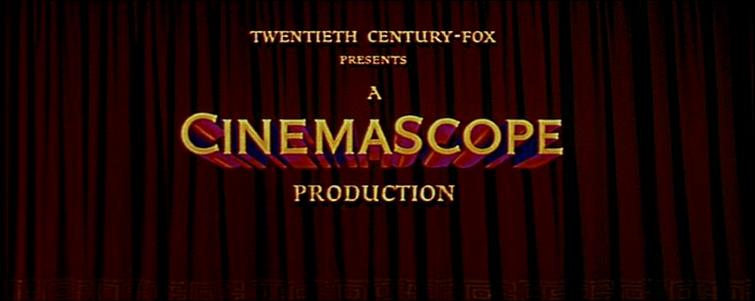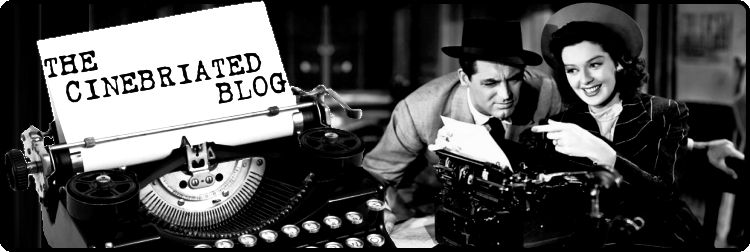A Brief Treatise on the Aspect Ratios and Artistic Integrity of Film
 Friday, January 23, 2015 at 9:37PM
Friday, January 23, 2015 at 9:37PM 
The many different aspect ratios of film has always been one of my favorite “inside” knowledge things about movies. It's one of those things that if you're a casual movie goer you may notice but not really fixate on or really think about how that ratio may influence the film as a whole. Once you start to dissect, study and admire film more than the average person it will be one of the first things you'll notice upon watching a movie for the first time. The aspect ratio and format of a movie can tell you many things about what you're going to be watching such as when it was made, what cameras were used, what kind of movie it's going to be, what artistic vision the filmakers were shooting for and so much more.
Now this isn't as common of a problem as it was maybe five, ten or fifteen years ago but when coming a cross a movie on TV or picking out a DVD or good ol' VHS you'd often have to settle for watching a "full screen" version of the movie. Often times to fit a rectangle on your (then mostly) square TV they'd lop off the sides of the picture and use a process of pan-and-scan to essentially redirect the film. This clip from Turner Classic Movies should illustrate what I'm talking about:
I love this TCM video clip, I've used it before myself to illustrate to others the importance of seeing a film in its original aspect ratio as the filmmakers intended. While sometimes the aspect ratio may be a result of when the film was made and the technology involved it is becoming more prevalent for directors and cinematographers to play around with aspect ratios for aesthetic, artistic and storytelling purposes.
A couple of recent examples that come to mind are director Christopher Nolan's two later Batman flicks, The Dark Knight and The Dark Knight Rises, in which he decided to shoot several action segments of the movies with IMAX cameras. IMAX cameras, if you aren't familiar with them, are made specifically for creating film to be used for IMAX theaters which have an absolutely massive screen and typically use a hearty 1:43:1 which means you are seeing an immersive 40% more than you would with a standard theater screen. It's kind of cool when you watch either of these two movies on DVD or Blu-ray on your HDTV at home and if you pay attention you'll notice the aspect ration actually change during the movie. The last James Bond movie, Skyfall, also had a special IMAX release as it was shot with a larger aspect ratio in mind than regular theaters use. While the IMAX version is the exact same movie that was shown in regular theaters there was an extra 20% of the picture added back in to the top and bottom of the frame, kind of imagine if you're watching a letterboxed movie and the black bars were actually just replaced with the rest of the picture. So you better believe I drove six hours round trip to an IMAX theater to get you this review from a couple years ago!
Those are contemporary examples that come to mind when I think about the importance of aspect ratios but in the case of older films I think it's a cinematic sin to go in an pan-and-scan in order to fit it on a tv screen. Like the TCM clip illustrates I can't imagine watching an epic like Lawrence of Arabia or a musical like Seven Brides for Seven Brothers just knowing that I'm not getting the full picture the original filmmakers intended. Rather than watching an essentially "redirected" movie, in which someone retroactively selected what is important in the frame and cut off the rest and in doing messed with the vision of the original filmmakers and wasn't thinking artistically but economically as they tried to resize a movie into a square space, you should always seek out that pure widescreened goodness. I understand the want to use the full screen of your TV, I also understand that this is slowly becoming an antiquated problem now that TVs come in a more cinematic friendly rectangle, but I'll always choose letterbox over pan-and-scan, I guess I'm kind of a sucker for artistic integrity.
If you want a cool, more indepth, play-by-play look at the history and evolution of the aspect ratios in movies and have twenty minutes to kill I recommend checking out this video by FilmmakerIQ on the subject.
Too late ...
 Aspect Ratio,
Aspect Ratio,  Film,
Film,  History,
History,  Soopboxing,
Soopboxing,  Tech in
Tech in  Blog
Blog 


